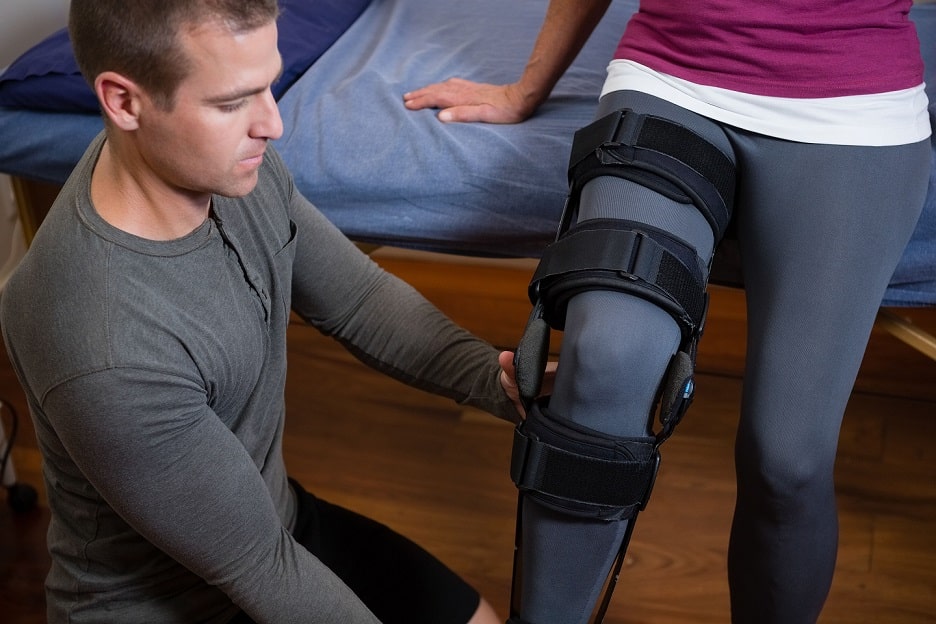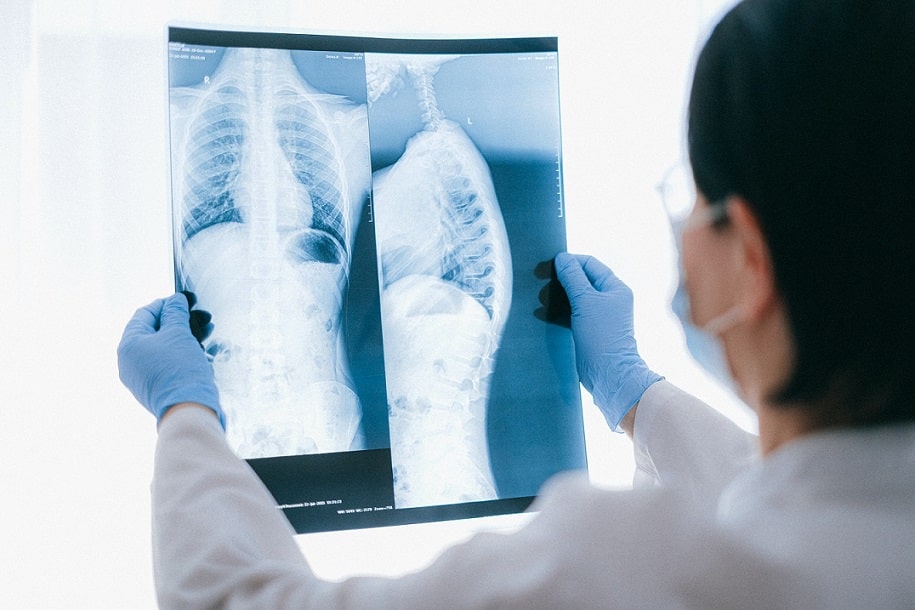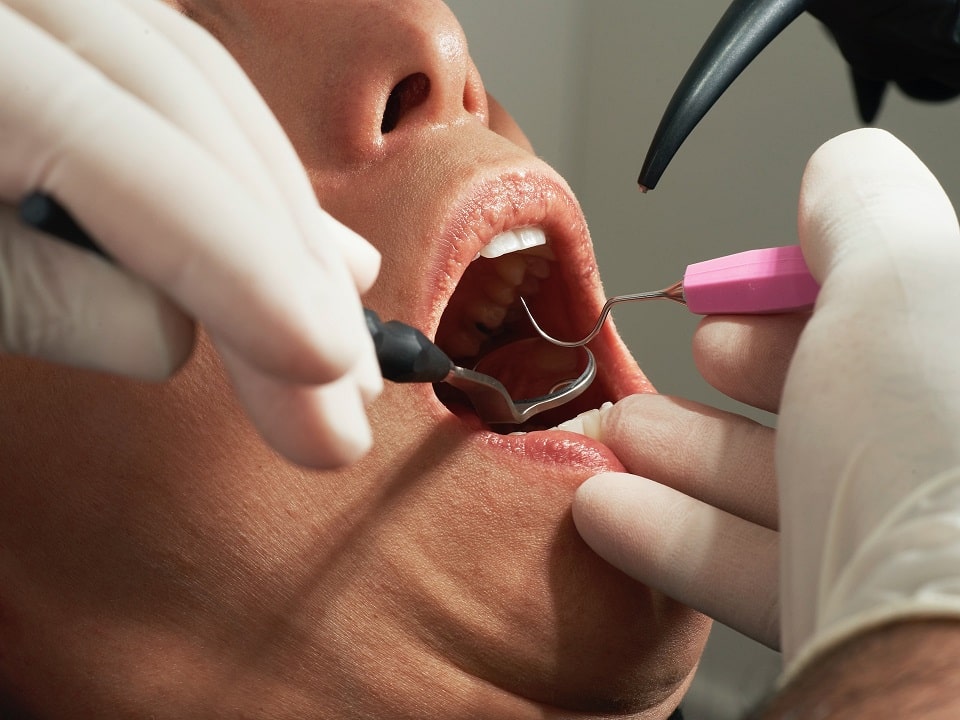Construction sites must be secured to prevent anybody from being exposed to dangers that could cause injury and harm. This applies for both employees and members of the public.
Health and safety rules and regulations in respect of construction sites are typically very stringent because of the inherent dangers that such sites will often come with. The management and the responsibility of health and safety of a construction site is an important role to get right. Any failure to properly adhere to health and safety regulations could lead to people being severely injured and could even lead to fatalities.
Anyone who has been injured on a construction site could be entitled to claim personal injury compensation on a No Win, No Fee basis now.
The importance that construction sites must be secured
In the simplest of terms possible, construction sites must be secured to prevent any employee or public citizen being exposed to a danger that could cause injury or loss. Workplace regulations for construction sites are incredibly meticulous, designed to make sure that employees and contractors are safe when working on a site. The usual things such as personal protective equipment, safe work and plant equipment, clearly marked danger areas and hazards, and cordons to prevent access to dangerous areas or falls from height are common. Training is also incredibly important as well. However, when it comes to members of the public who may come across a construction site, this is where construction sites must be secured in very particular ways.
Construction sites must be secured to prevent anybody from inadvertently accessing them and suffering injury and harm. This can be achieved by a site being completely secured with barriers and fences, or where there are open works in public accessible areas that should be cordons, signage and barriers. If there are insufficient warnings, fences and barriers and this causes a person to stumble across a danger and be injured, the construction company could be held responsible.
The factor of site security and cordons can be particularly relevant when it comes to children. Curious youngsters have been known to access dangerous areas when they should not have done, but a company can still be responsible if something happens to them. Usually, they can be responsible when more could have been done to prevent access to a site, or at least prevented people being exposed to dangers. Examples could be preventing anybody from coming close to a drop or height from falling.
When the dangers are quite significant, there should also be adequate management and security on site as well to prevent any inadvertent accidents.
What can a victim of negligence do?
If someone has been injured on a construction site and the cause is due to the construction company failing to properly secure a site and warn of dangers, they can be responsible. A company can be found to be negligent if they have failed in their duty of care that they have to protect people and prevent injuries or accidents from occurring.
Where they are negligent, the victim could be entitled to claim personal injury compensation for any pain, suffering and loss of amenity that has been caused. A victim may also be entitled to claim special damages for any losses and expenses as well.
How we can help you now
If you have been injured as a result of an accident on a construction site that was preventable, and was caused by some form of negligence on the part of the company, you could be entitled to claim personal injury compensation now.
If we believe that your case has the chance to succeed then we may be able to represent you for a claim on a No Win, No Fee basis.
Talk to our team here now for free no obligation legal advice.












